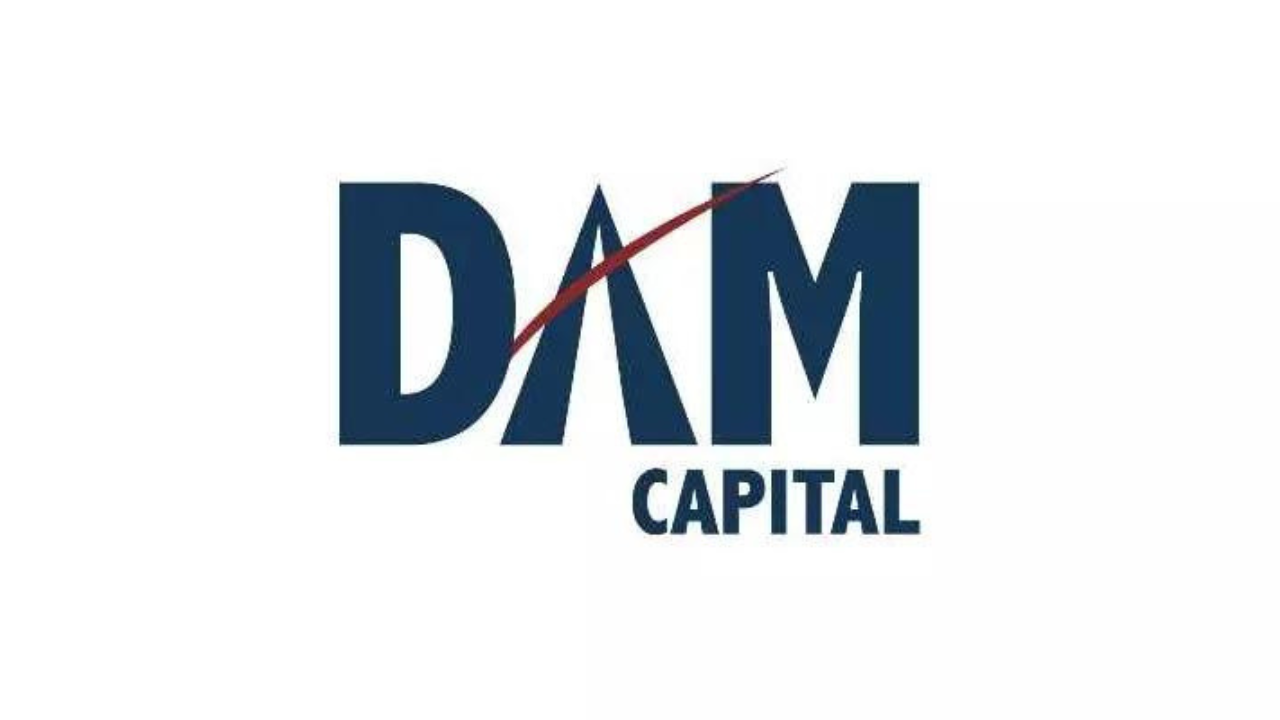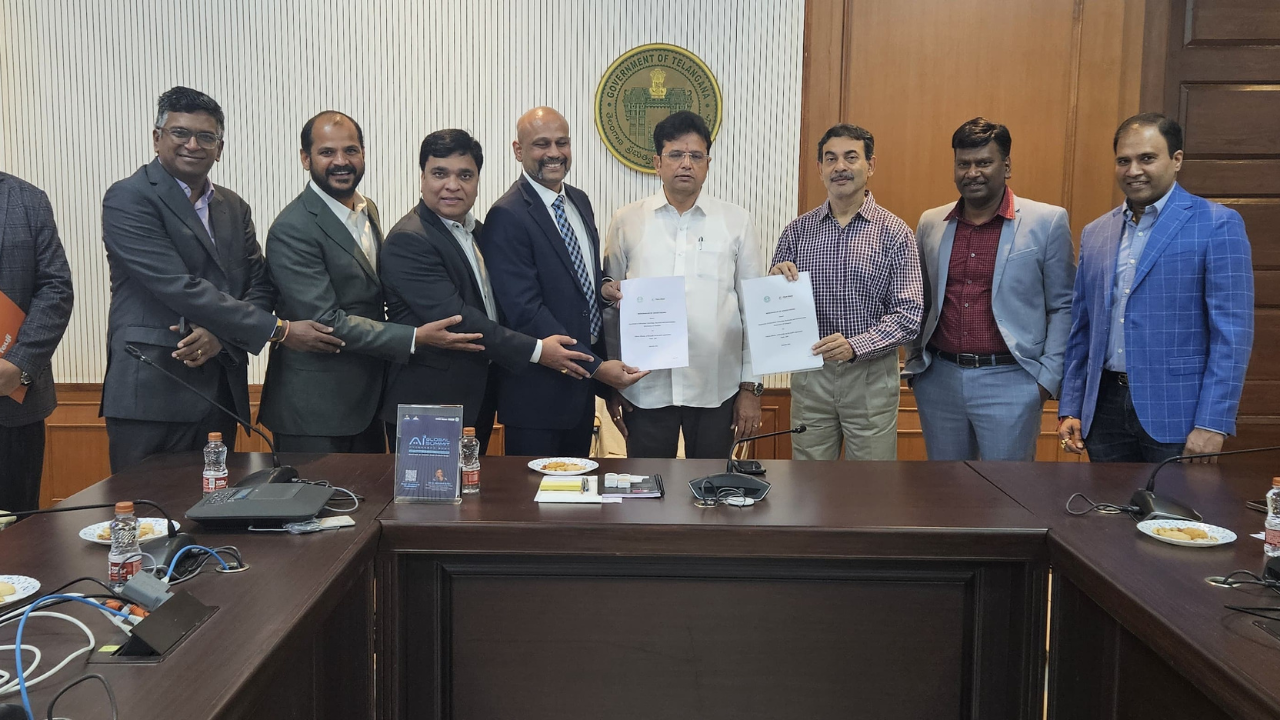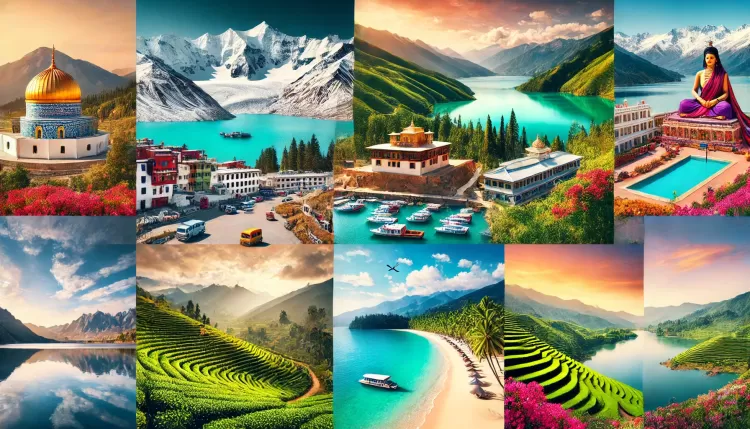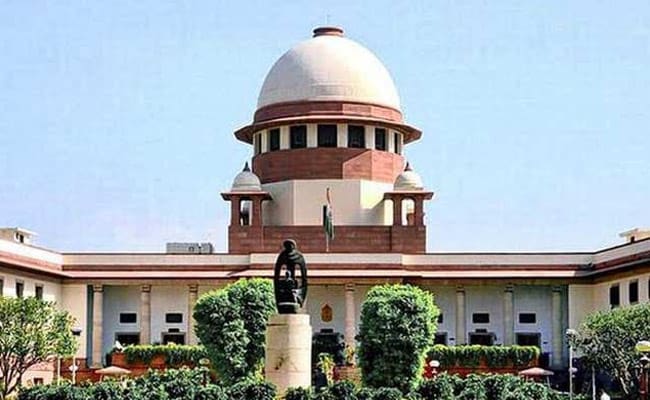An expanded Brics could shake up the world order – but adding new members could destabilise the bloc
The group is still focused on harmonising its vision and the potential new members do not readily make the cut.


Eager to escape perceived western domination, several countries – mostly in the global south – are looking to join the Brics bloc. The five-country bloc consisting of Brazil, Russia, India, China and South Africa is also looking to grow its global partnerships.
The grouping that began in 2001 as an acronym for four of the fastest-growing states, Bric (Brazil, Russia, India and China), is projected to account for 45% of global GDP in purchasing power parity terms by 2030. It has evolved into a political formation as well.
Crucial to this was these countries’ decision to form their own club in 2009, instead of joining an expanded G7 as envisioned by former Goldman Sachs CEO Jim O’Neill, who coined the term “Bric”. Internal cohesion on key issues has emerged and continues to be refined, despite challenges.
South Africa joined the group after a Chinese-initiated invitation in 2010; a boost for the administration of Jacob Zuma, who as president at the time and eager to pivot further to the east. The bloc also gained by having a key African player and regional leader.
Ever since, the grouping has taken on a more pointedly political tone, particularly on the need to reform global institutions, in addition to its original economic raison d’etre.
The possibility of its enlargement has dominated headlines in the run up to its 15th summit in...



































![Safari Thorium Neo 8-Wheel Luggage Set Trolley Bags (Set of 3) at just Rs. 5,599 [MRP 29,100]](https://savefree.in/uploads/images/202409/image_870x580_66f63845060f0.webp?#)












![Handmade Brown Mango Wood Chopping Board At just Rs. 89 [MRP 599]](http://savefree.in/uploads/images/202303/image_870x580_641bf7e9c2206.jpg?#)


